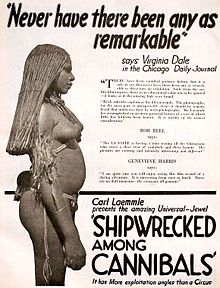
Universal City Studios LLC, doing business as Universal Pictures or simply Universal is an American film production and distribution company owned by NBCUniversal, a division of Comcast.
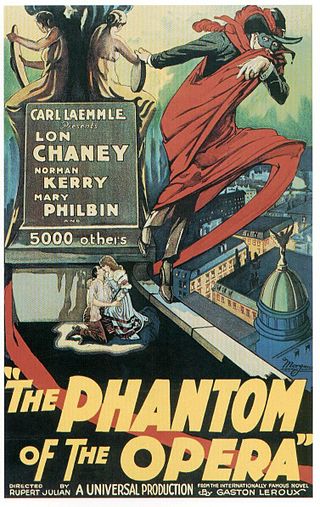
The Phantom of the Opera is a 1925 American silent horror film adaptation of Gaston Leroux's 1910 novel Le Fantôme de l'Opéra, directed by Rupert Julian and starring Lon Chaney in the title role of the deformed Phantom who haunts the Paris Opera House, causing murder and mayhem in an attempt to make the woman he loves a star. The film remains most famous for Chaney's ghastly, self-devised make-up, which was kept a studio secret until the film's premiere. The picture also features Mary Philbin, Norman Kerry, Arthur Edmund Carewe, Gibson Gowland, John St. Polis and Snitz Edwards. The last surviving cast member was Carla Laemmle, niece of producer Carl Laemmle, who played a small role as a "prima ballerina" in the film when she was about 15 years old. The film was released on September 6, 1925, premiering at the Astor Theatre in New York. The film's final budget was $632,357.

Carl Laemmle was a German-American film producer and the co-founder and, until 1934, owner of Universal Pictures. He produced or worked on over 400 films.

Universal City or Universal Studios Complex is an unincorporated area within the San Fernando Valley region of Los Angeles County, California, United States. Approximately 415 acres, within and immediately outside the area is the property of Universal Pictures, one of the five major film studios in the United States: about 70 percent of the studio's property is inside this unincorporated area, while the remaining 30 percent is within the Los Angeles city limits. Universal City is nearly surrounded by Los Angeles, with the area's northeastern corner touching the city of Burbank.

Martin Elmer Johnson and Osa Helen Johnson were married American adventurers and documentary filmmakers. In the first half of the 20th century the couple captured the public's imagination through their films and books of adventure in exotic, faraway lands. Photographers, explorers, marketers, naturalists and authors, Martin and Osa studied the wildlife and peoples of East and Central Africa, the South Pacific Islands and British North Borneo. They explored then-unknown lands and brought back film footage and photographs, offering many Americans their first understanding of these distant lands.
Pál Fejős, known professionally as Paul Fejos, was a Hungarian-American director of feature films and documentaries who worked in a number of countries including the United States. He also studied medicine in his youth and became a prominent anthropologist later in life. During World War I, Fejos worked as a medical orderly for the Imperial Austrian Army on the Italian front lines and also managed a theater that performed for troops. After the war, he returned to Budapest and eventually worked for the Orient-Film production company. He began to direct films in 1919 or 1920 for Mobil Studios in Hungary until he escaped in 1923 to flee the White Terror and the Horthy regime. He made his way to New York City and then eventually to Hollywood where he began production on his first American feature film, The Last Moment, in October 1927. The film proved to be popular, which allowed him to sign with Universal Studios. After a number of other successful films, Fejos left America in 1931 to direct sound films in France. In 1941, he stopped making films all together and became the director of research and the acting head of the Viking Fund.
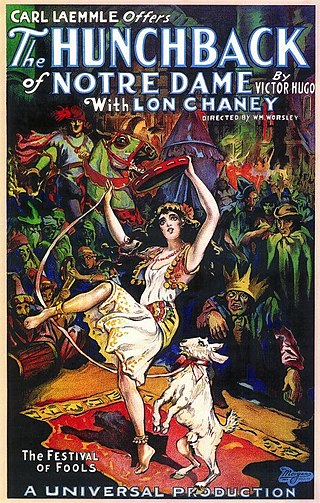
The Hunchback of Notre Dame is a 1923 American drama film starring Lon Chaney, directed by Wallace Worsley, and produced by Carl Laemmle and Irving Thalberg. The supporting cast includes Patsy Ruth Miller, Norman Kerry, Nigel de Brulier, and Brandon Hurst. Distributed by Universal Pictures, the film was the studio's "Super Jewel" of 1923 and was their most successful silent film, grossing $3.5 million. The film premiered on September 2, 1923 at the Astor Theatre in New York, New York, then went into release on September 6.
William Scott Darling was a Canadian-born writer and a pioneer screenwriter and film director in the Hollywood motion picture industry. He is often known in Hollywood histories as Scott Darling, though he was almost invariably credited in films as W. Scott Darling.

Florence Lois Weber was an American silent film director, screenwriter, producer and actress. She is identified in some historical references as among "the most important and prolific film directors in the era of silent films". Film historian Anthony Slide has also asserted, "Along with D. W. Griffith, Weber was the American cinema's first genuine auteur, a filmmaker involved in all aspects of production and one who utilized the motion picture to put across her own ideas and philosophies".

Rebekah Isabelle Laemmle, known professionally as Carla Laemmle, was an American actress and dancer, and the niece of Universal Pictures studio founder Carl Laemmle. As an actress/dancer, she is known primarily for her roles in The Phantom of the Opera (1925) and Dracula (1931). At the time of her death, she was one of the last surviving actors of the silent film era, with her career spanning nearly 90 years, also with one of the longest gaps.
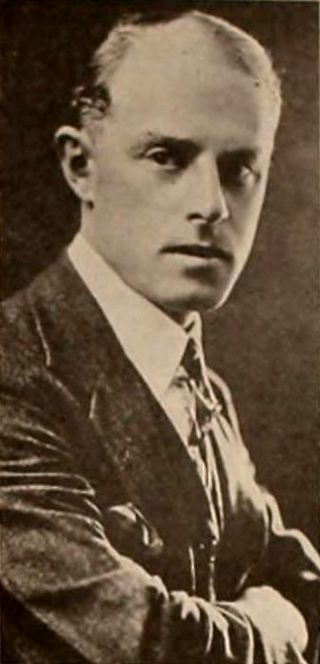
Edward Laemmle was an American film director of the silent era. He directed more than 60 films between 1920 and 1935.

The Virgin of Stamboul is a 1920 American silent adventure drama film directed by Tod Browning and starring husband and wife team Priscilla Dean and Wheeler Oakman and featuring Wallace Beery in a supporting role.
The Centaur Film Company was an American motion picture production company founded in 1907 in Bayonne, New Jersey, by William and David Horsley. It was the first independent motion picture production company in the United States. In 1909 the company added a West Coast production unit, the Nestor Film Company, which established the first permanent film studio in Hollywood, California, in 1911. The company was absorbed by the Universal Film Manufacturing Company in 1912.

Traffic in Souls is a 1913 American silent crime drama film focusing on forced prostitution in the United States. Directed by George Loane Tucker and starring Jane Gail, Ethel Grandin, William H. Turner, and Matt Moore, Traffic in Souls is an early example of the narrative style in American films. The film consists of six reels, which was longer than most American film of the era.
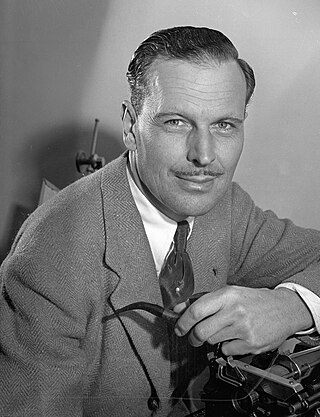
Alfred Emory Johnson was an American actor, director, producer, and writer. As a teenager, he started acting in silent films. Early in his career, Carl Laemmle chose Emory to become a Universal Studio leading man. He also became part of one of the early Hollywood celebrity marriages when he wed Ella Hall.

The Morals of Hilda is a 1916 American silent film directed by Lloyd B. Carleton. The melodrama is based on the story of Henry Christeen Warnack and features Gretchen Lederer, Lois Wilson and Emory Johnson.

Barriers of Society is a 1916 American silent drama film directed by Lloyd B. Carleton. Universal based the film on the story written by Clarke Irvine and adapted for the screen by Fred Myton. The feature film stars Dorothy Davenport, Emory Johnson, and an all-star cast of Universal contract players.

Heartaches is a 1916 American silent short film directed by Lloyd B. Carleton. The film is based on a story by Grant Carpenter. This drama's features Dorothy Davenport, Alfred Allen, and Emory Johnson.

The Unattainable is a 1916 American Blank and White silent drama directed by Lloyd B. Carleton. The film is based on the story by Elwood D. Henning. The photoplay stars Dorothy Davenport and Emory Johnson.
